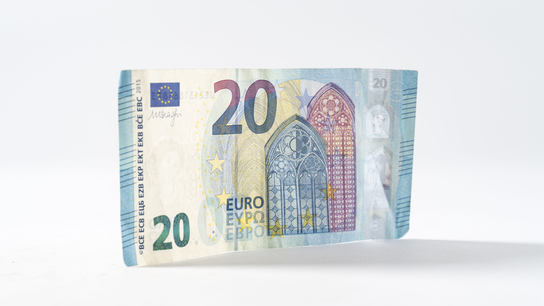A piece in Current Affairs resonated strongly with me: The Truth is Paywalled; but the Lies are Free. The premise of the piece is simple: access to journalistic institutions and academic journals is restricted by paywalls; but hogwash, regurgitated rubbish, and conspiracy theories are available for free. The institutions of truth seem to be too busy erecting paywalls to notice that they’re loosing the market to those that manage to operate without direct payments.
The amount of energy needed to refute bullshit is an order of magnitude larger than to produce it.
The bullshit asymmetry principle, Alberto Brandolinii
Paywalled websites don’t just request payment for the individual articles you want to read. The only options on offer is a reoccurring monthly subscription. The interests of the consumer are completely ignored in the pursuit of a pot of gold and reoccurring revenue stream.
It doesn’t matter which is the most well-researched, truthful, and respected news organization when it barricaded itself behind a paywall. Every news organization is competing against a marked flooded with more interesting and lower-priced digital entertainment services.
News packaged as a product is too expensive and too unattractive. Every news organization is competing against each other and a marked flooded with frankly more interesting and lower-priced digital entertainment services. Consumers experience subscription fatigue as more and more services wants a monthly payment.
The subscription model madness must end! Yes, it’s a great model for businesses, but it’s often a sour deal for consumers. The monthly news subscription is a zero-sum game, as it is for all digital services. Everyone wants to be the one subscription people choose to pay for. People simply don’t want to pay for multiple music or video streaming services, and they don’t want to pay for multiple news sources. Zero-sum economics require every other player to fail for one to succeed.
Paywall frustration is harmful for democracy itself. It’s impossible to have an educated populous that knows what is going on around them if access to current events is locked up behind a paywall. It’s not good enough to have paid access to a single source of information. You need to be able to hear multiple voices, different points and perspectives, and to read what different news organizations consider to be the most important news of the day.
News is both a public service and a business. News businesses need sustainable revenue sources. People must pay for news, and paying a single news publisher isn’t good enough. There must be room for more actors in the market, but the economics and the technology simply isn’t there. An under-explored option in this area is micro-payments for individual articles. News publishers have been extremely hesitant to try out this model in fear of cannibalizing their potential subscription revenue.
The advantage of an pay-per-article model is that it inherently works better on the web. You’re an a*hole if you recommend and link someone to a subscription-paywalled article. A pay-$1-per-article paywall introduces friction, but at least the cost to join the discussion is low and doesn’t require ongoing commitment. The pay-per-article model also lets people sample what’s available in the website’s all-you-can-read monthly subscription offering. Publishers are leaving a potential revenue stream on the table unexplored.
Another option that’s more appealing for consumers is news aggregator subscriptions that let you pay one subscription for access to multiple publishers. Publishers haven’t been overly eager to seeding control to rent-seeking middle-men like Scroll, Apple News Plus, and Blendle. Firefox has experimented with bundling Scroll into Firefox.
In the early 2000s, many believed that the web would help democratize access information and knowledge. In the rush and excitement to make that happen, one of the web’s original sins was committed: they forgot to implement seamless payments. To this day, the HyperText Transfer Protocol (HTTP) that powers information exchanges on the web has yet to define status code 402 Payment Required.
A number of attempts have been made over the years to introduce micro-payments into web browsers. Micropayments simplify paying for news and entertainment to one step: a monthly subscription. A tally ledger built into the browser decides how much of the monthly subscription goes to each publishers based on how much time you’ve spent with each. These services have been more welcoming to small creators and publishers, but have never managed to attract the sheer number of publishers, creators, and subscribers required for the model to work. Some example of such services include the Brave and Puma web browsers, and services like Coil, Flattr, Google Contributor (discontinued), and Readability (discontinued).
I believe that some form of micro-payments is the only way forward for the web. Up until now, the web has largely been subsidized by advertisers. The unchecked raise in ad-blocking software has put those days behind us, and is leaving content creators as well as news publishers underfunded. Ad-blockers may have helped “clean up pages”, but it has also devastated the economics that has paid for everything we love about the web.
I may not know the ideal solution to fund creativity and news on the web. Maybe it hasn’t been invented yet. Alas, the paywalls must fall or ideas like “alternate facts” and other reality dysfunctions might truly become the new everyday reality.
